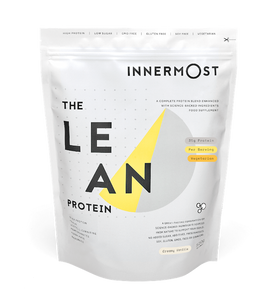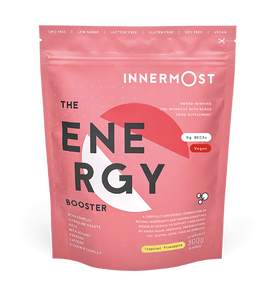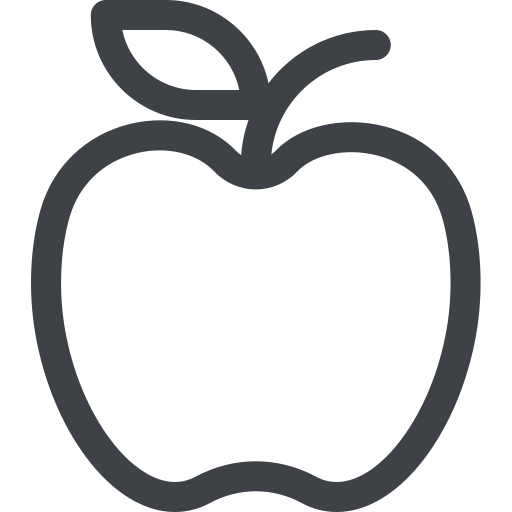Innermost goes global! You gotta love it. We’re now helping change lives with F45 Singapore! Swing by F45 Holland Village or F45 Novena for a workout with the amazing team and to get some Innermost in your life.
F45 Singapore
F45 is the most innovative, challenging and systemised team training workout in the world. The concept is simple: their studios all over the world offer a 45 minute High-Intensity, Circuit Training workout class for their studio members. They have developed 27 different 45 minute workouts, with more currently in development. Their studios offer the same class at different times throughout the day. Every day throughout the week offers a different 45 minute workout. The workouts are created by the F45 Athletics and Peak Performance Department from a database of over 3,000 different exercises, so members never get the same workout twice.
The essence of F45 is Functional Training. That’s namely engagement in exercises that mimic or recreate everyday movement. These types of exercises typically involve the use of your full body and multiple muscle groups. This style of training builds and sculpts lean, functional muscle – Lifting, Squatting, Jumping, Twisting, Pulling, Pushing, Punching, Kicking, Rowing, Biking – all of these movements qualify as “Functional”… and all can be found at F45 Training.
Click here to book yourself a class at F45 Holland Village or here to book yourself a class at F45 Novena. Be sure to tell head trainer Mel that we sent you, and pick up an Innermost smoothie while you’re at it.


















